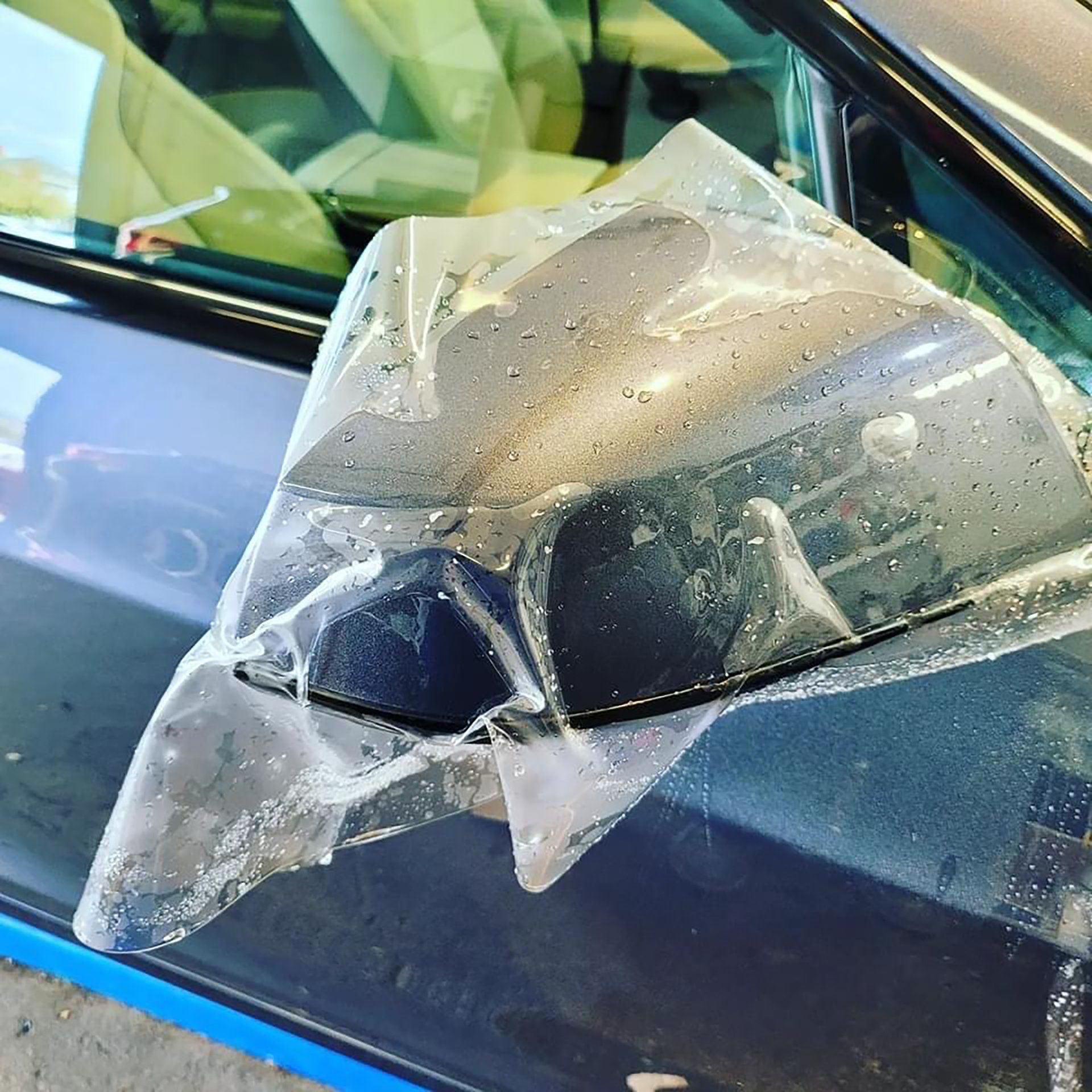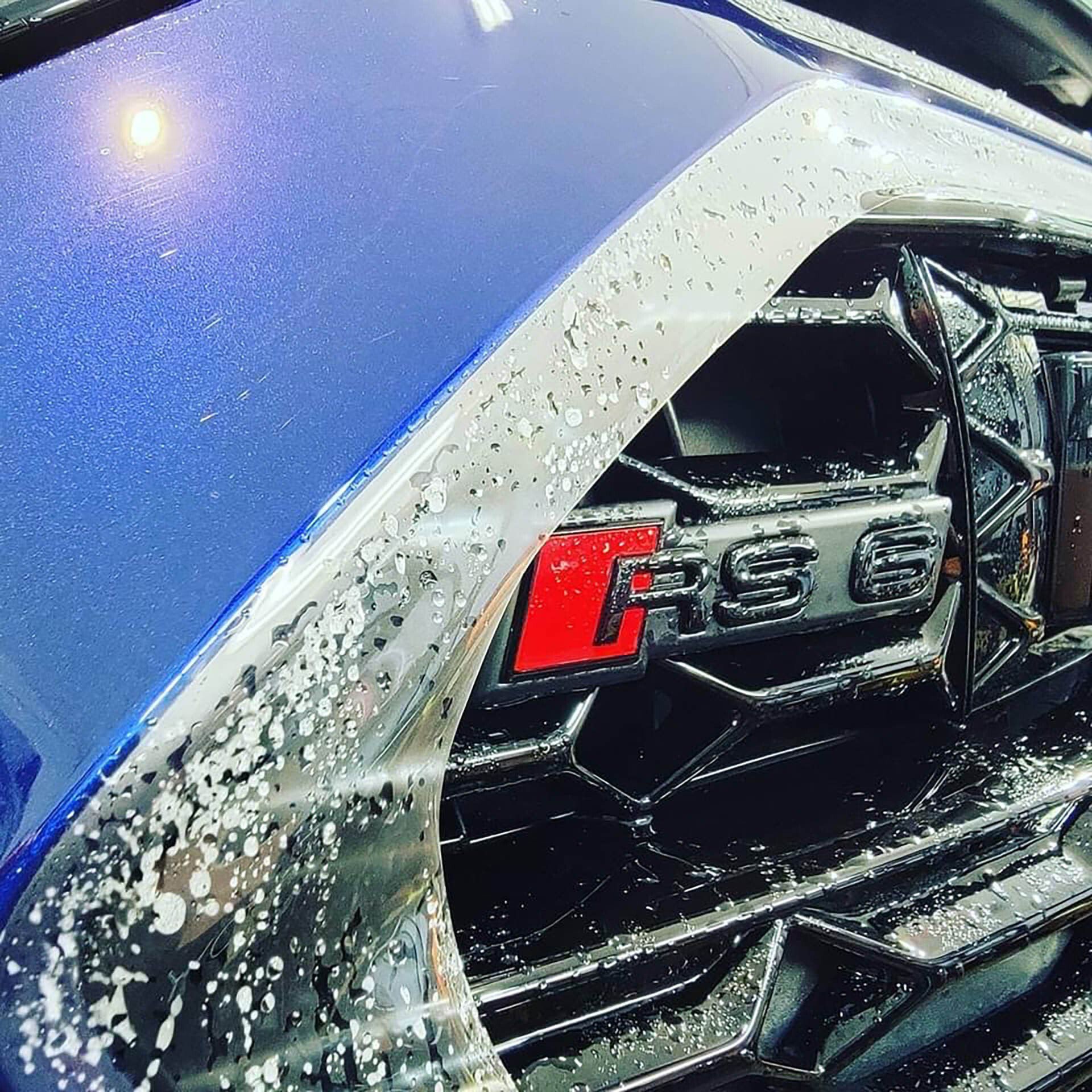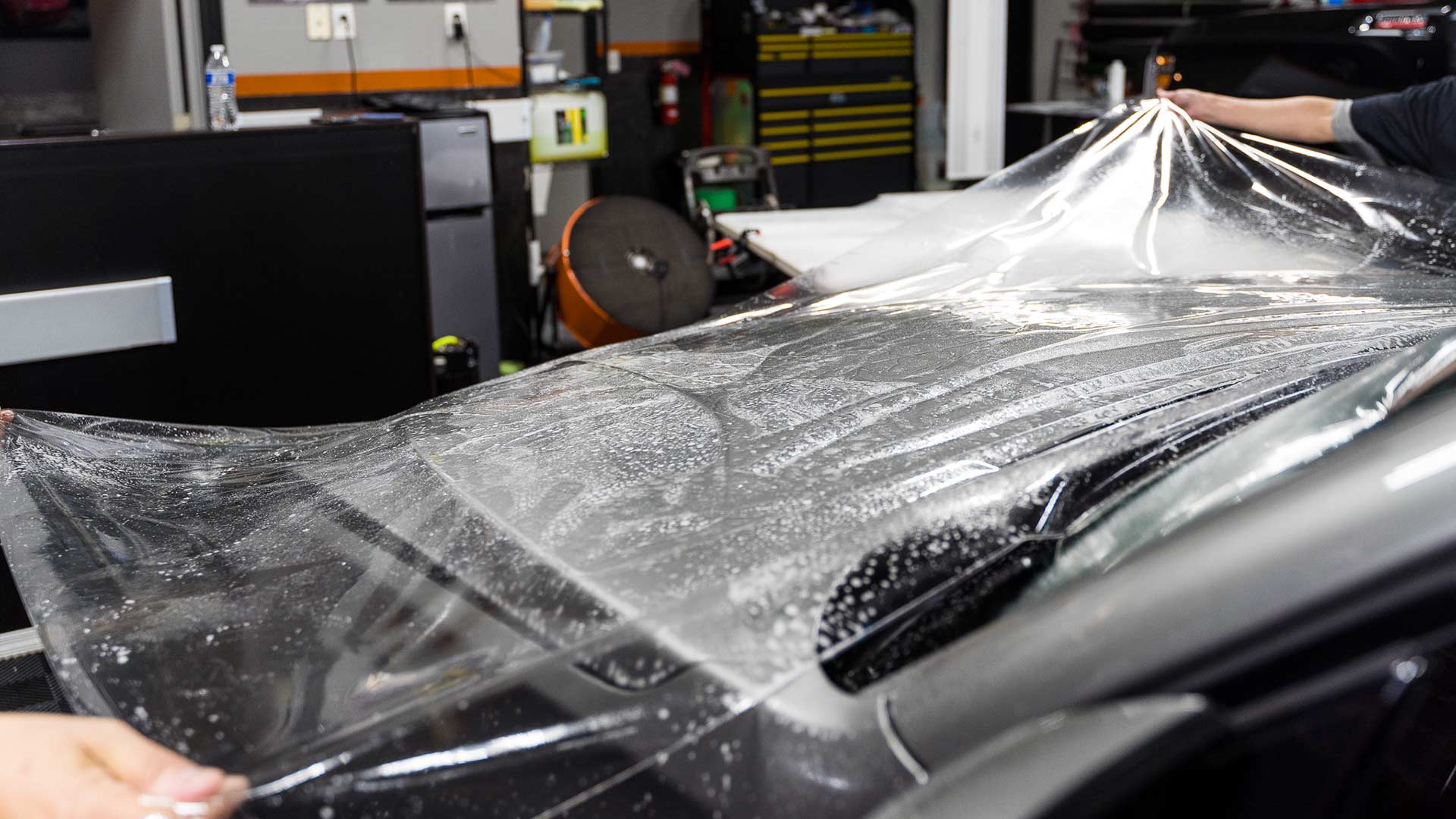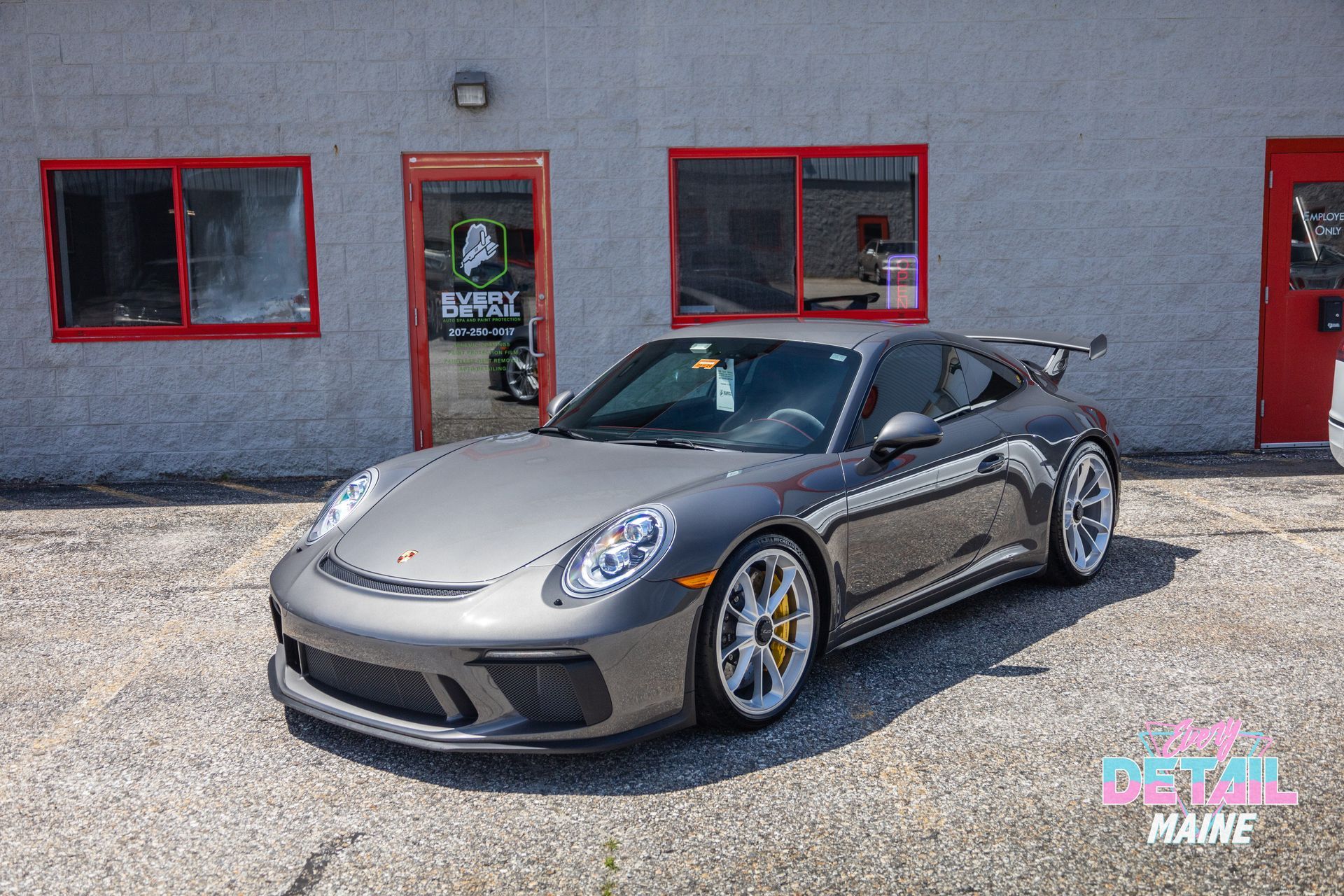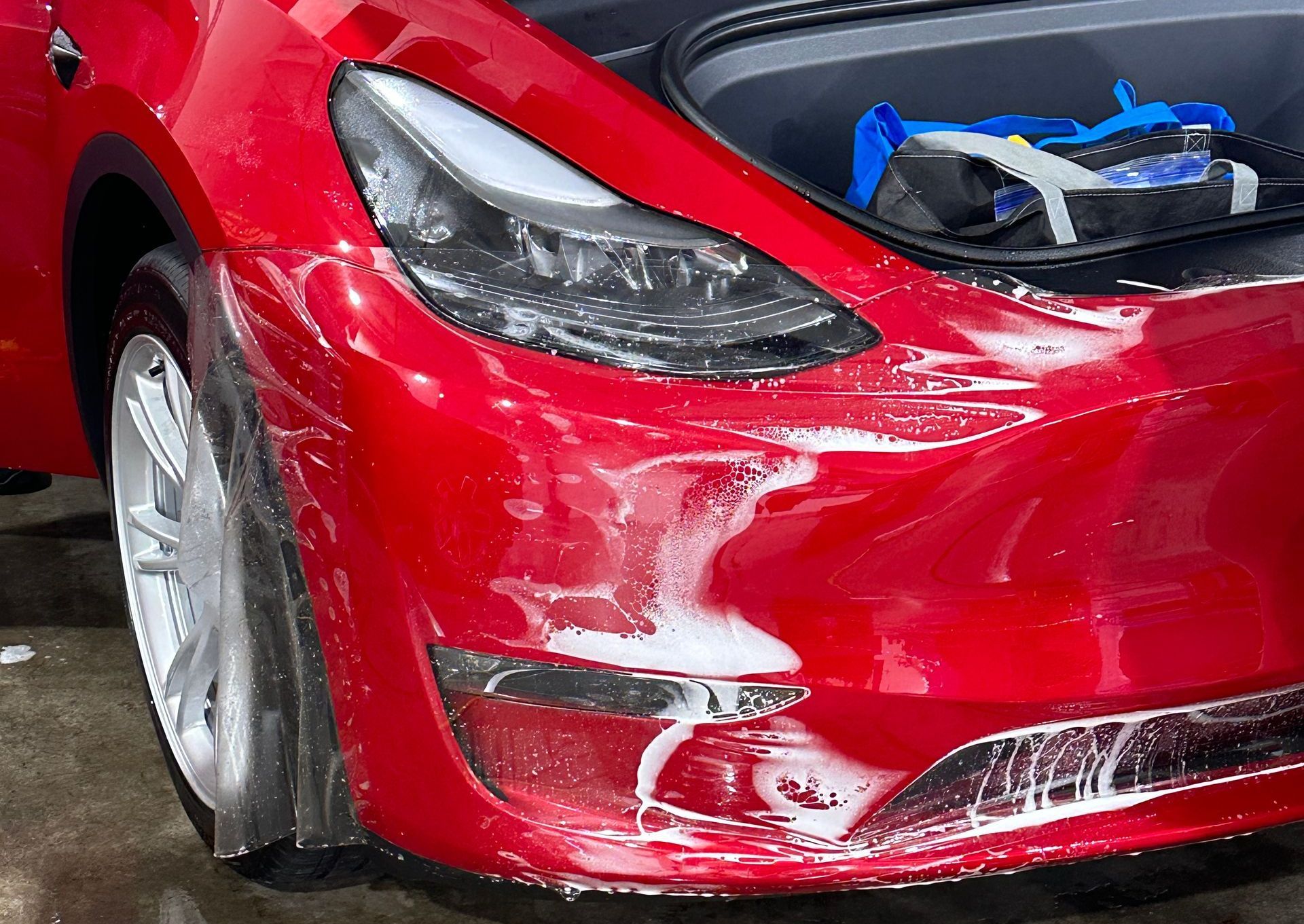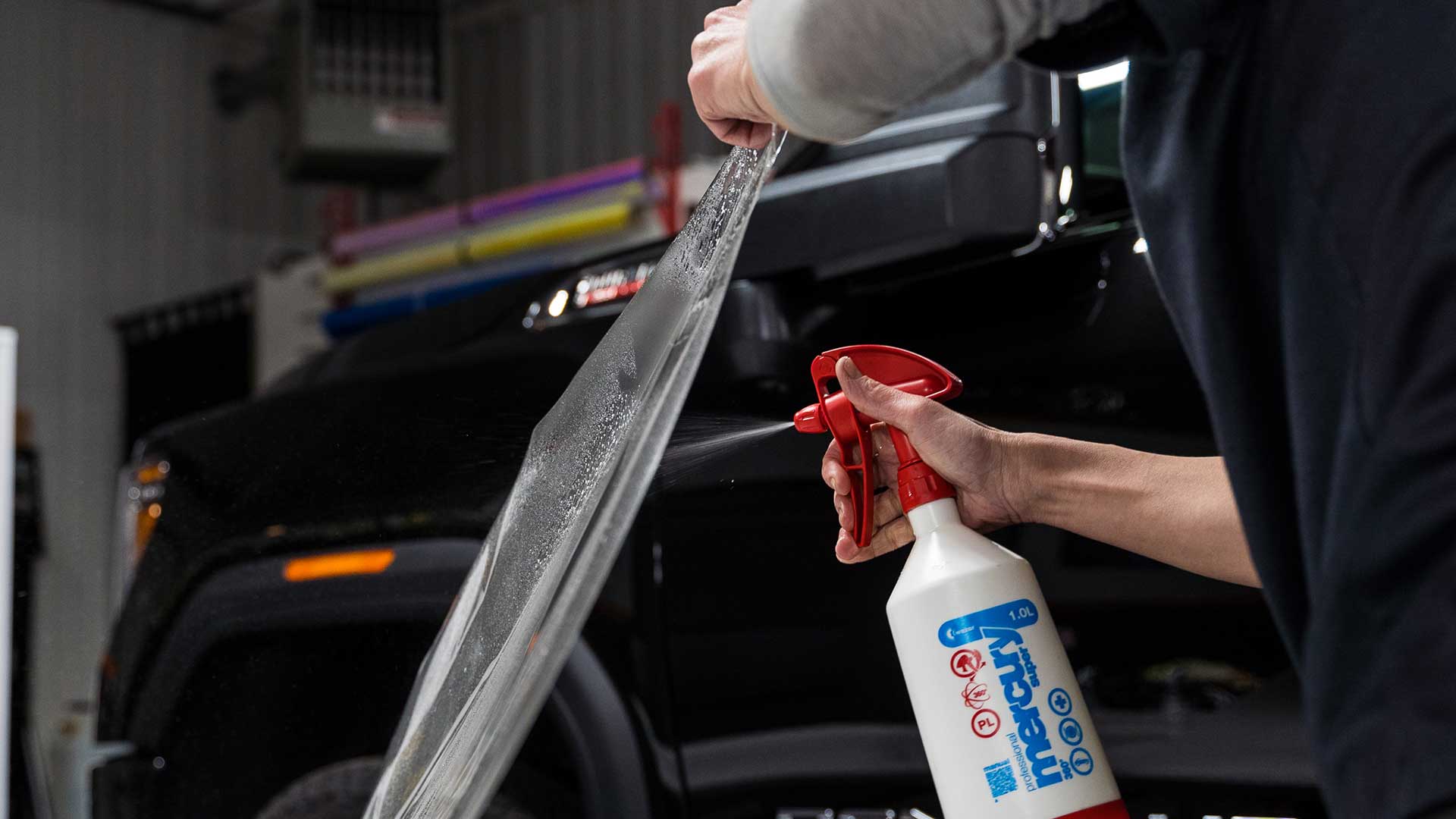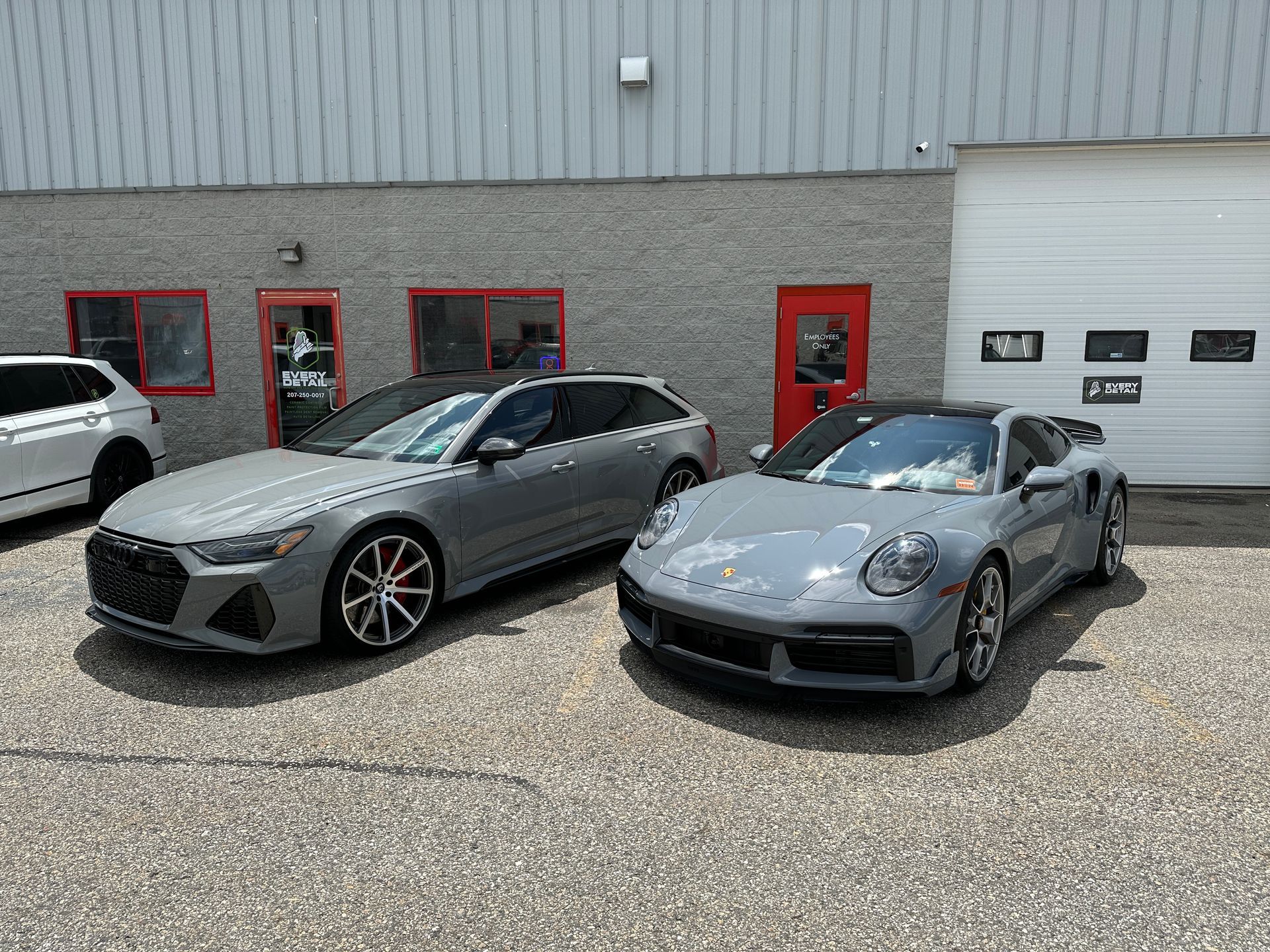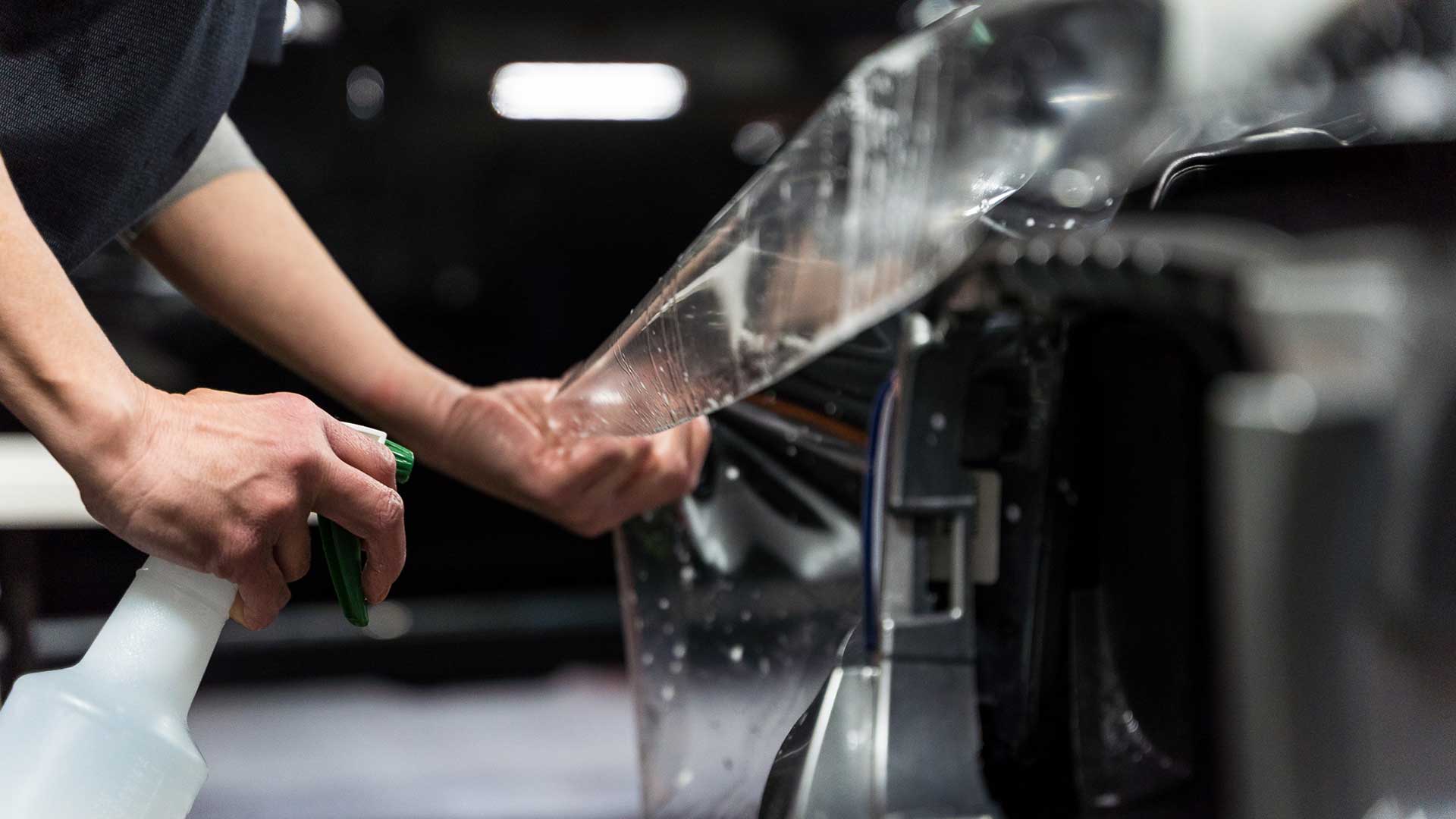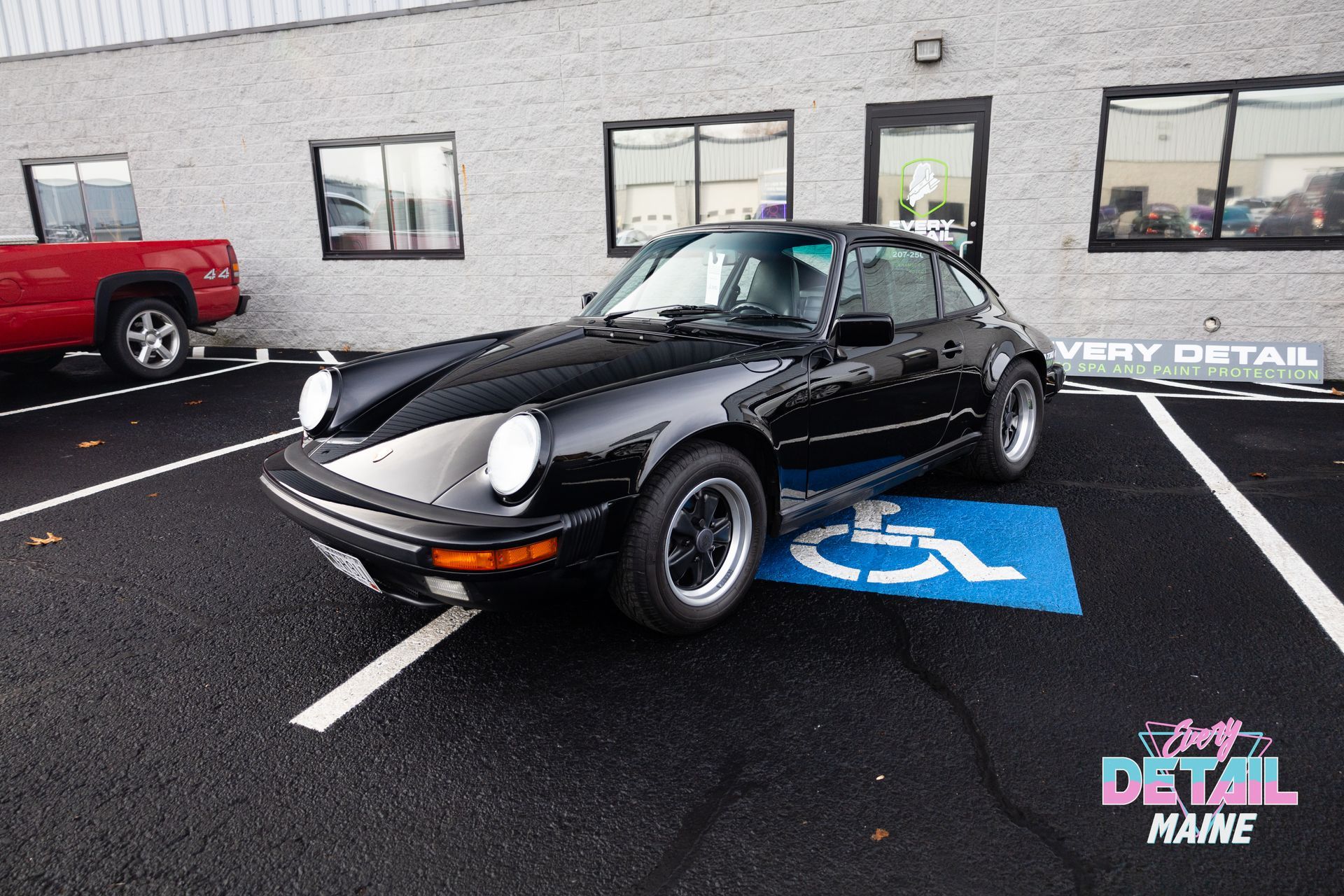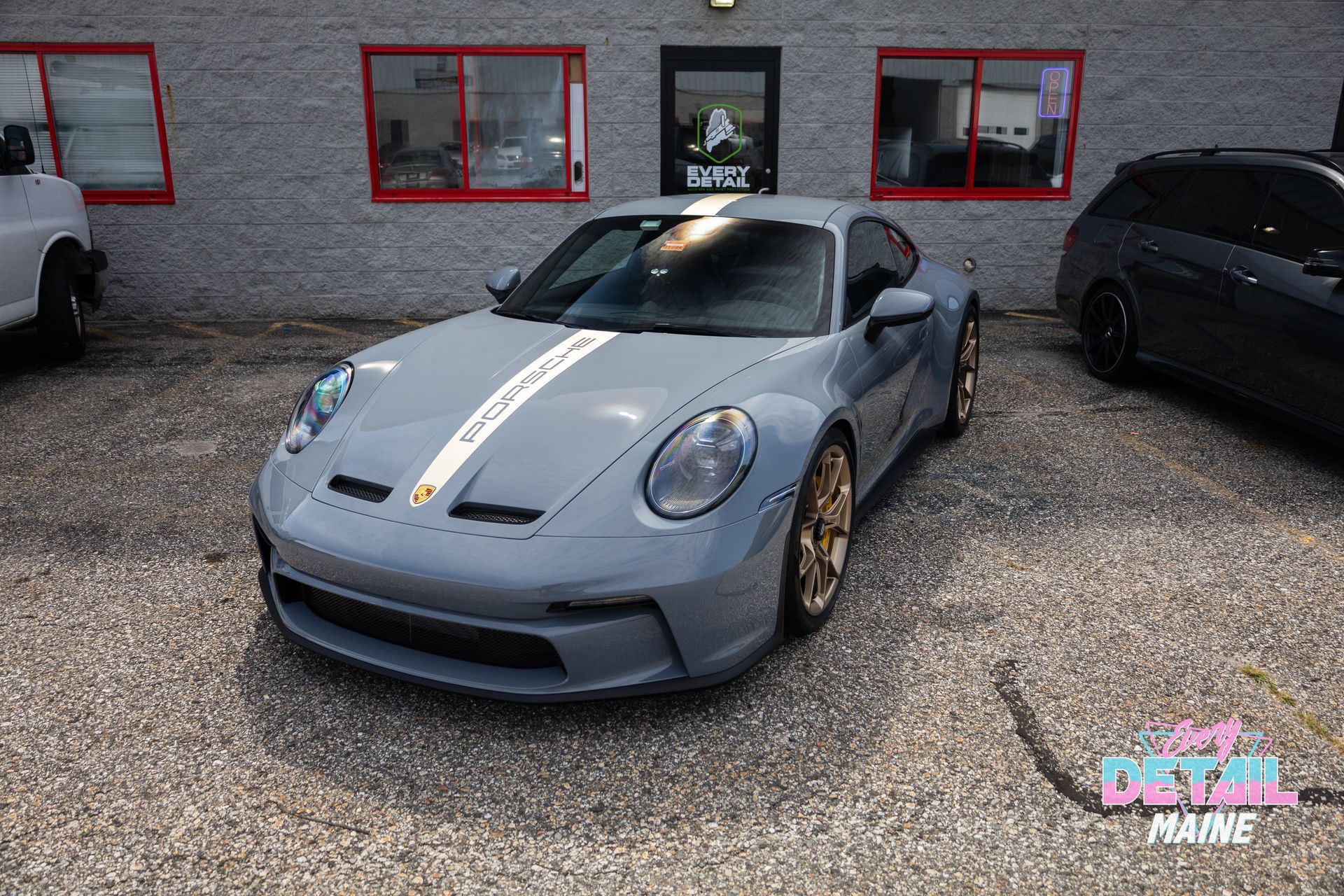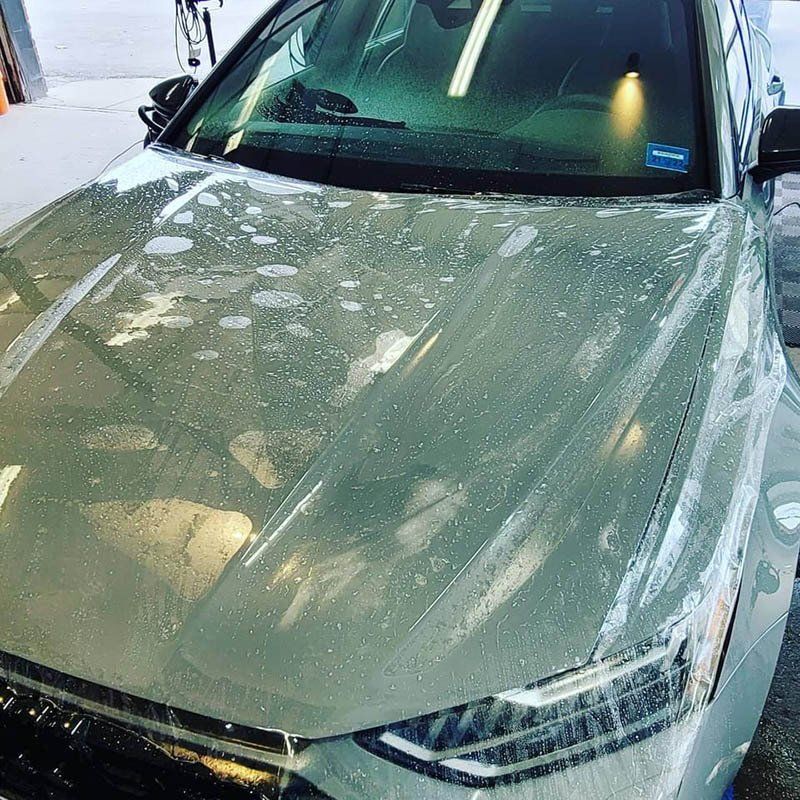Glossy vs. Satin PPF: How to Choose the Right Finish for Your Car
When it comes to protecting one of your biggest investments—your car—you want to ensure it stays looking great for years to come. That's where paint protection film (PPF) steps in. It's like giving your vehicle an invisible shield against scratches, chips, and the harsh effects of the environment. But with options like glossy and satin finishes available, how do you choose the right one? Whether you favor a shiny look or something subtler, we've got you covered so you can drive with confidence and pride.
When choosing between glossy and satin paint protection film, consider your aesthetic preferences—glossy provides a vibrant, eye-catching appearance, while satin offers a more subtle and sophisticated look. Additionally, evaluate factors such as maintenance requirements, glare reduction, and how each finish complements your car's existing paint color to determine the best option for your specific needs.
Introduction to Paint Protection Films
Paint protection films act like invisible armor for your vehicle's exterior, protecting against everyday wear and tear. Made from durable thermoplastic urethane, these films cover your car's paint to guard it from scratches, chips, and environmental factors like UV rays. Think of them as a protective layer that keeps your car looking fresh and vibrant for longer. Car enthusiasts particularly appreciate these films, but they're also gaining traction among everyday drivers who want to preserve their vehicle’s resale value. The benefits are straightforward: not only do they enhance the look of your ride, but they also maintain its integrity against harsh conditions. For instance, consider a Porsche owner who opts for PPF to deflect the hazards of road debris during spirited drives—this investment can significantly enhance the car's longevity and maintain its pristine appearance. Conversely, an owner of an off-road vehicle would likely seek PPF to safeguard against branches and rough terrain encountered on rugged adventures.
Glossy PPF: Shine and Style
If you enjoy attracting attention while driving down the street, a glossy paint protection film could be the perfect solution for you. Glossy finishes are designed to deliver a high-shine, wet-look appearance that amplifies the original paint job of any vehicle. Imagine cruising in a striking red Ferrari; with glossy PPF, the vibrancy of its color is not just preserved but enhanced, creating an eye-catching allure that’s impossible to ignore. The aesthetic appeal isn’t just superficial, either. The lively gloss adds depth and richness to the paint, making colors pop in ways that matte finishes simply cannot achieve. This makes it particularly appealing for car enthusiasts and owners who want their vehicles to stand out at car shows or racing events.
If you take pride in showcasing your vehicle at events or enjoy the attention that comes with driving a radiant car, glossy PPF is undoubtedly your ideal choice. The radiant finish revitalizes worn paint jobs as well, making those old hues shine like new again and restoring showroom quality. More than just a lovely face, this kind of protection serves as a shield against minor scratches and contaminants, preserving your vehicle's beauty over time. Another major advantage of glossy PPF is its self-healing properties. Minor scratches can disappear with heat, whether from the sun or simply rubbing them gently with your hands. This means your car remains flawless longer without constant upkeep, which is a boon for busy drivers. Interestingly, glossy films reflect about 80-90% of light, ensuring they capture attention as they glide through
the streets.
Satin PPF: Subtle and Sophisticated
Satin PPF offers a unique, understated appearance that sits between matte and high-gloss finishes, creating an alluring aesthetic that resonates with many car enthusiasts. This versatile film doesn’t reflect as much light as its glossy counterpart, delivering a sleek and stealthy look that many find appealing. It effectively reduces glare, which can be especially useful on sunny days, allowing you to drive without distractions. Another appealing aspect of satin PPF is its ability to conceal minor imperfections. Many owners cherish the fact that it revitalizes older cars, providing them with a rejuvenated appearance without screaming for attention. Imagine driving a well-loved vintage vehicle; instead of letting wear and tear dictate its beauty, opting for satin PPF can breathe new life into it while maintaining its original charm.
Now, let’s talk about durability and maintenance considerations for this particular finish. Both glossy and satin finishes provide long-lasting protection against scratches and UV damage. However, one notable divergence lies in maintenance requirements. While glossy films may dazzle in their shine, they also tend to retain fingerprints and smudges more readily than their satin counterparts. Thus, if you're someone who prefers less frequent cleaning without compromising style, satin might be the better fit for you. Typically, the average cost for satin PPF installation ranges from $2,500 to $5,000 depending on vehicle size and complexity. With regular care—using specific products suited for satin finishes—you can maintain its sophisticated allure with minimal hassle. A recommended cleaning frequency of every two to four weeks helps keep the surface looking pristine.
Performance and Longevity
A key factor when deciding on PPF is its durability and how well it performs under various conditions. Both glossy and satin PPFs are engineered to deliver robust protective capabilities; they shield your vehicle against harmful UV rays, scratches from road debris, and unsightly stone chips that can mar your car's appearance. The ever-growing technology in this field has introduced self-healing properties to PPFs. Such functionality means that when exposed to heat—like the sun or even a heat gun—minor scratches can melt away, restoring the film to its original state without a trace. However, while both finishes offer excellent protection, their longevity can differ based on certain factors. Picture this: you have two identical cars parked side-by-side, one with glossy PPF and the other with satin. The surfaces may look good at first, but their care matters too. Regular maintenance plays a crucial role in extending the lifespan of these protective films.
Well-maintained PPFs—regardless of whether they are glossy or satin—can easily last between seven and ten years. Yet, here’s where the texture comes into play: satin PPFs naturally hide dirt more effectively than their glossy counterparts. This quality means that a car wrapped with satin PPF can maintain its pristine look longer, potentially requiring less frequent cleaning compared to shiny films that distinctly showcase grime. Essentially, the upkeep routine for each type of finish is critical; your choice might come down to how much effort you’re prepared to invest in maintaining that wow factor.
Practical Maintenance Tips
Maintaining PPF is essential, starting with a consistent cleaning regimen. For those with glossy finishes, smudges and fingerprints are unwelcome guests that detract from your car's aesthetic appeal. Regular washing becomes a necessity. Aim to wash your vehicle every one to two weeks using a mild automotive shampoo that is pH-neutral, as it ensures compatibility with the protective film without causing damage. Remember, harsh chemicals can erode the very film meant to protect your car. It’s essential to rinse thoroughly before scrubbing; this step removes loose dirt and debris so you’re not grinding these particles into the film as you clean. Start using soft sponges or microfiber cloths to prevent scratches on the film's surface. A rough fabric might seem effective, but it could leave micro-scratches that become visible over time. Keep in mind the importance of avoiding direct sunlight while washing; cleaning in shaded areas helps prevent unsightly water spots from forming on your freshly washed PPF.
On the other hand, if you've opted for satin PPF, your approach might be slightly less rigorous. Satin finishes cleverly conceal dirt and imperfections better than their glossy counterparts, meaning the need for vigorous cleaning isn’t as pressing. Instead, regular gentle washes suffice to keep satin PPF looking sharp and fresh. Just like with gloss finishes, use PPF-friendly cleaners that won’t contribute to any staining or discoloration while preserving your car's beautiful aesthetic. To ensure your investment remains pristine, consider monthly applications of a PPF-safe detail spray for both finishes—this enhances shine and offers additional protection against contaminants. Lastly, don't overlook routine inspections. Every three to six months, scan your PPF for any lifting edges or tears. Early detection can save you from significant repairs down the road, making this simple practice an invaluable part of your maintenance routine.
Choosing the Best Finish for Your Car
When you've decided to invest in paint protection film, navigating the options can feel overwhelming. Understanding how each finish aligns with your personal style and usage patterns will help narrow down your choices significantly. Choosing between a glossy or satin finish goes beyond mere aesthetics—it dives into lifestyle compatibility as well.
- Usability: If you frequently drive in brightly lit environments or prefer a more understated elegance, satin PPF presents itself as an attractive alternative. Satin films maintain a softer luster while minimizing glare; this makes it easier on the eyes and can boost visibility while driving in harsh light. Imagine cruising through sun-drenched streets where the smooth satin surface acts almost like a protective shield against intrusive sunlight. Satin finishes also generally resist fingerprints better than their glossy counterparts—making them ideal for everyday use where maintenance might become tedious. By thoughtfully weighing these aspects, you position yourself to make an informed decision that complements your vehicle’s design and your driving habits.
- Performance and Longevity: Finally, consider performance and longevity: choosing the right finish is also an investment in your vehicle's appearance lifespan. Both finishes can effectively protect against scratches and UV rays, helping to keep your car looking fresh longer. However, installation accuracy plays a pivotal role too; regardless of which finish you opt for, ensure that you're working with professionals who know how to apply PPF properly for optimum performance. With proper care and respect for each finish's capabilities, you're sure to enjoy your car's new look while maintaining its elegant appeal for years to come.
In the end, selecting the right PPF finish comes down to balancing personal preference with practical benefits. Whether you prefer the sleek shine of gloss or the subtle sophistication of satin, both options offer reliable protection and long-term value. With expert installation and mindful care, your choice will not only enhance your car’s style—it will also ensure it stays protected and polished for miles ahead.
Leading PPF Services in Portland, ME
Every Detail in Portland, ME, offers
top-tier paint protection film services designed to keep your vehicle looking flawless through every mile. From coastal salt to flying gravel, our expertly installed film defends against chips, scratches, and weather-related wear—without compromising your car’s finish. Whether you’re commuting daily or cruising on weekends, PPF adds a virtually invisible layer of defense that preserves both value and appearance.
Schedule your installation today
and give your car the protection it deserves!





